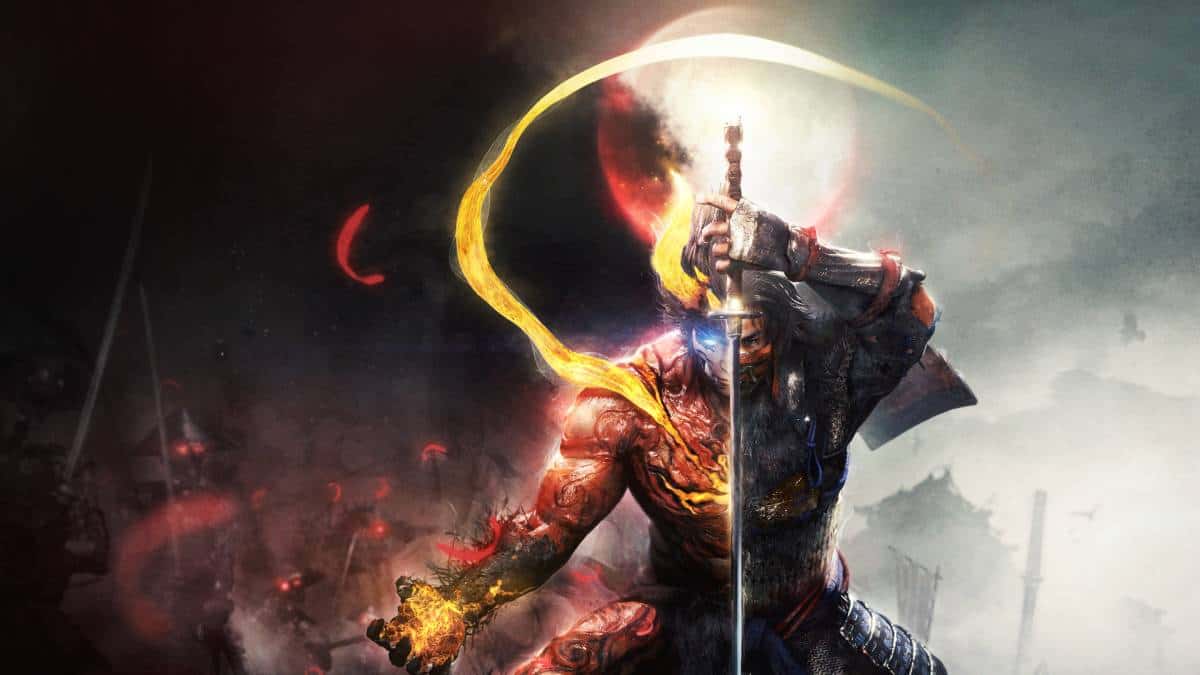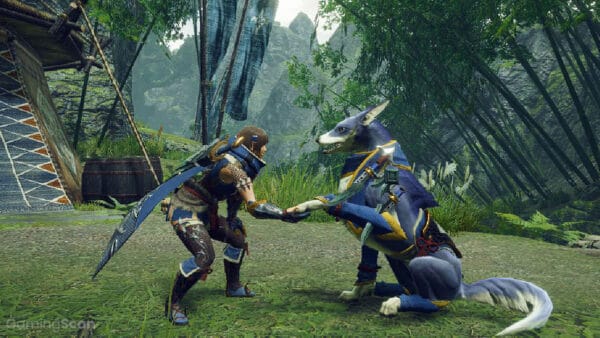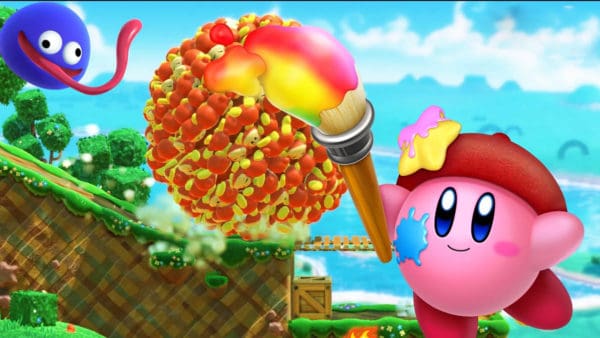Video games come in many different shapes, sizes, and flavors, so finding the perfect one is a matter of personal taste.
This is doubly true for video game difficulty, as some gamers won’t play certain games simply because they’re too easy or too hard.
In this list, we’ll be taking a look at the hardest video games ever made and ranking them based on their overall difficulty.
We’ll be updating this list in the future with new titles, so make sure to check back and let us know if we missed any games!
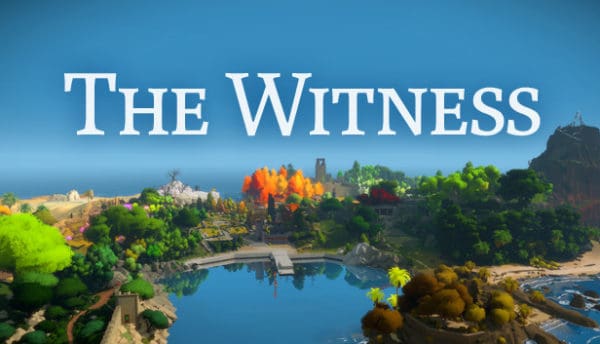
The Witness
Release Date: January 26, 2016
The Witness is a first-person puzzle game that tasks you with exploring a mysterious island divided into 11 regions, each with its own theme and puzzles to solve.
You take on puzzles room by room, unlocking new areas until eventually reaching the island’s peak, where the game’s most significant discovery awaits.
The game starts out easy enough but quickly ramps up in difficulty as later puzzles combine rules from previous ones, requiring you to think laterally to solve them.
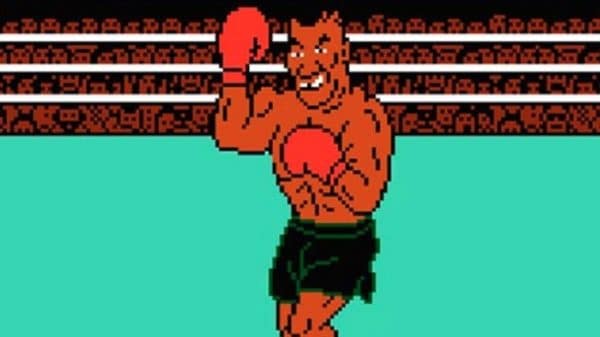
Mike Tyson’s Punch-Out!!
Release Date: October 18, 1987
Despite having a relatively simple design, Punch-Out!! is still considered to be one of the most difficult games of all time.
This is due to the fact that winning is entirely dependent on how quickly the player can react to their opponent’s moves.
Although you can put in some practice to learn every boxer’s tell and patterns, even experienced players can get tripped up by the game’s final boss, Mr. Dream (aka Mike Tyson).
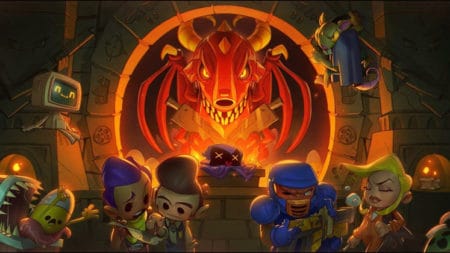
Enter the Gungeon
Release Date: April 5, 2016
The term “bullet hell” has a certain ring to it, one that suggests being engulfed in wave upon wave of enemy projectiles to the point you can barely see where you’re going.
Enter the Gungeon takes things to a whole new level by throwing in procedurally generated dungeons and increasingly hard enemies with unique attack patterns.
Movement and using cover become essential to surviving the Gungeon’s deepest levels where your character’s health and resources are severely limited.
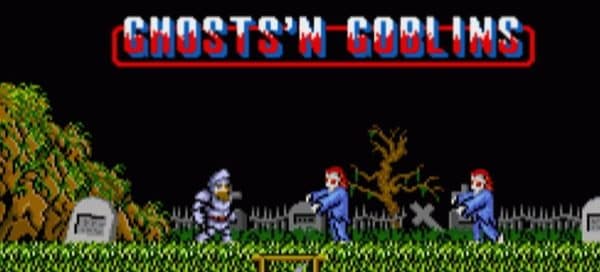
Ghosts n’ Goblins
Release Date: September 4, 1985
From the onset, Ghosts n’ Goblins makes it clear it’s not trying to win over the hearts and minds of gamers.
Levels are stuffed to the brim with enemies and useless weapons that will more often than not get you killed since your character can only take two hits before dying.
Even when you manage to beat the game, Ghosts n’ Goblins pulls the ultimate troll move by telling you to replay the game all over again to get the true ending.
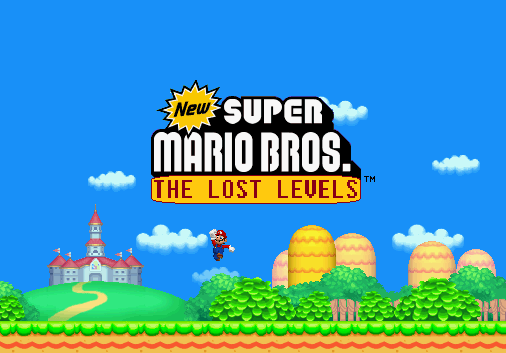
Super Mario Bros.: The Lost Levels
Release Date: June 3, 1986
Although many consider 1988’s Super Mario Bros. 2 to be the official sequel to the iconic Nintendo platformer, it was actually preceded by Super Mario Bros.: The Lost Levels.
Originally released in Japan under the name Super Mario Bros. 2, the game is notoriously hard compared to other entries in the series.
It included trick warp pipes that would send players backward instead of forward, poison mushroom power-ups that would actually make Mario smaller, and time-sensitive levels that demanded precision.

Super Meat Boy
Release Date: October 20, 2010
Speaking of challenging platformers, Super Meat Boy is another game that uses new elements and gameplay mechanics to continually keep players on their toes.
Once you feel like you’ve mastered the controls or how to get past a particular hazard, the game decides to just throw more at you, including deadly spikes, spinning buzz saws, and electrified walls.
The one thing saving Super Meat Boy from appearing higher in this list is that you respawn very quickly after each death; the last thing someone wants to do after dying is stare at a long loading screen.

The Binding of Isaac
elease Date: September 28, 2011
If Super Meat Boy wasn’t hard enough, game designer Edmund McMillen’s Zelda-inspired dungeon crawler The Binding of Isaac is sure to push your buttons.
Loosely based on the biblical story of the same name, it sees you playing as a child who escapes to the basement after his mother goes insane.
Each run features procedurally-generated rooms, enemies, and items that can change Isaac’s appearance and grant him new abilities that will either make things easier or extremely more difficult.
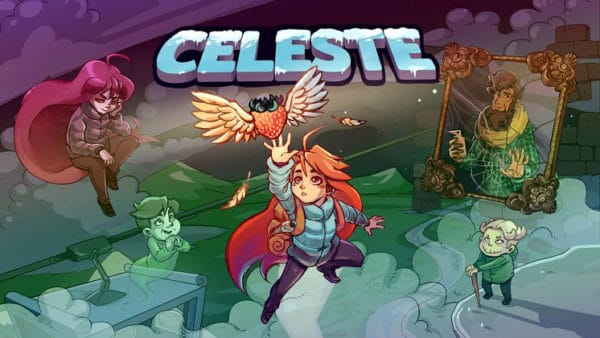
Celeste
Release Date: January 25, 2018
Similar to Super Meat Boy, Celeste is a challenging platformer whose difficulty only rises as your character ascends a snow-capped mountain.
To reach the mountain’s peak, you’ll have to traverse a series of hand-crafted platforming levels that emphasize precise jumps and dashes.
However, the most challenging part of Celeste has to be its ‘B-side’ stages that remix earlier levels and fill them with collectibles that always seem to feel just beyond your reach.
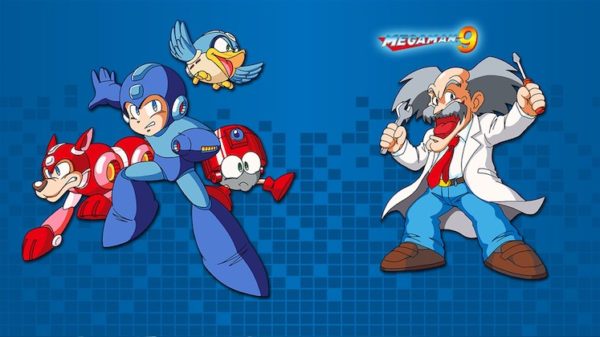
Mega Man 9
Release Date: September 22, 2008
Although the Mega Man series is known for its punishingly hard difficulty, Mega Man 9 sticks out as one of the most challenging entries in the long-running platformer franchise.
In an effort to get back to the series’ roots, Capcom and Inti Creates decided to give the game 8-bit visuals and make it as challenging as the classic Mega Man games.
As a result, it features some of the toughest bossfights to date, and many of the in-game achievements are borderline impossible to get on your first playthrough.
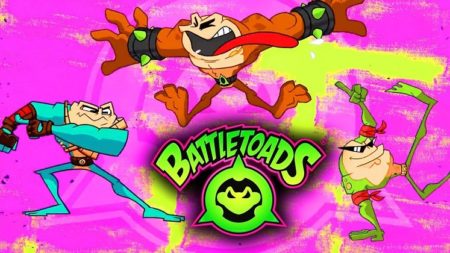
Battletoads
Release Date: June 1, 1991
Battletoads casts you as a group of crime-fighting amphibians on a mission to rescue Pimple and Princess Angelica from the evil Dark Queen.
Like many retro games, the primary source of its difficulty comes from having a limited number of lives that are then shared between players.
Even if you were to play solo, you’d still have to overcome the game’s nightmarishly hard motorcycle levels that require split-second reactions.
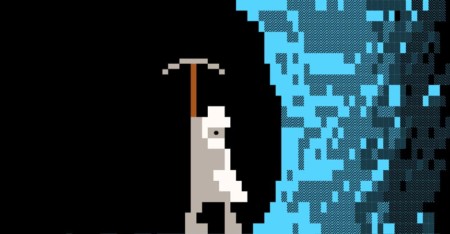
Dwarf Fortress
Release Date: August 8, 2006
The fact that the Dwarf Fortress community has adopted the motto “losing is fun!” already tells you everything we need to know about the game’s degree of difficulty.
While micromanaging your dwarves’ lives to get them to gather resources and build homes may not seem inherently hard, the game can still catch you by surprise.
This is due to the sheer number of things that can go wrong at any moment; from wolves showing up to devour your dwarven people to floods, famine, and even summoning a demon god, you’re never safe.
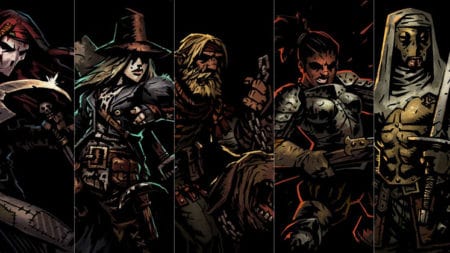
Darkest Dungeon
Release Date: January 19, 2016
Darkest Dungeon takes its side-scrolling dungeon crawler design and ramps the difficulty up to 11 by throwing challenge after challenge your way.
In it, you’re tasked with guiding a team of adventures through hellish procedurally-generated environments overflowing with enemies, traps, and rewards.
While that doesn’t sound too bad on paper, pile on permadeath, your team becoming weaker the more your torch burns, characters that are rife with mental issues, and you’ll quickly find yourself panicking.

XCOM 2
Release Date: February 5, 2016
The XCOM games are no joke when it comes to tossing players in challenging predicaments where they’re forced to wage war with a race of highly-intelligent aliens.
It seems fitting then that XCOM 2 features some of the most robust enemy AI to the point you’ll feel like you’re going up against actual aliens.
You’re pretty much guaranteed a loss if even one of your soldiers falls in battle, prompting you to either suck it up and restart or accept defeat and drop the difficulty down to ‘Rookie.’
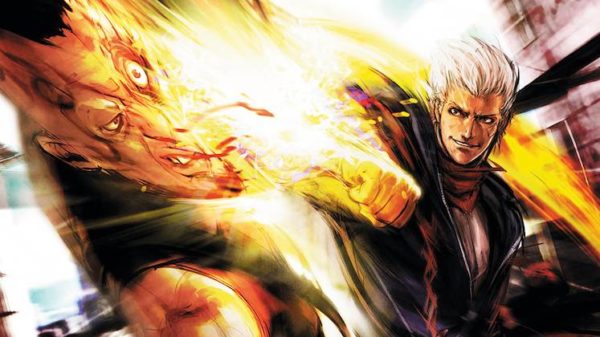
God Hand
Release Date: September 14, 2006
God Hand had a lot of interesting ideas that, unfortunately, may never be revisited due to how much of a commercial failure it was.
This can be attributed to the game’s increasingly ridiculous difficulty, which scaled depending on the player’s performance in real-time.
It features four levels of dynamic difficulty, and on the highest one, enemies will bombard you with attack after attack.
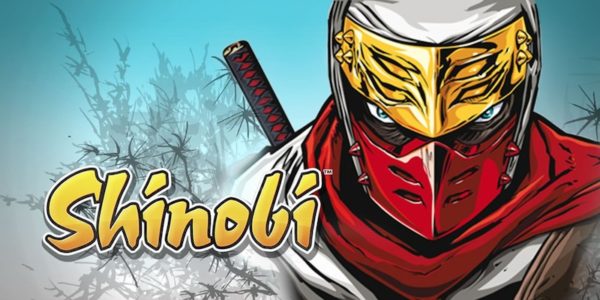
Shinobi
Release Date: November 10, 2002
In 2002, Sega put out a new version of Shinobi for the PS2 that featured 3D graphics and saw you controlling a ninja warrior equipped with a sword that feeds on the souls of the dead.
While the game’s artwork and general tone suggest you’ll be playing stealthy, it’s actually the opposite since your sword will drain your health if you go too long without killing.
Combine this with aggressive enemy AI and the fact that there are no checkpoints between the starting area and the final boss battle, and you have a recipe for one of the hardest games of the PS2 era.
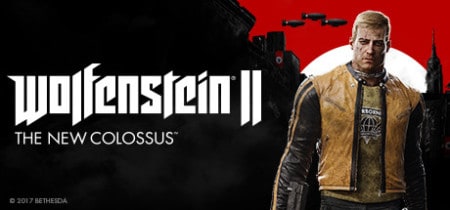
Wolfenstein II: The New Colossus
Release Date: October 27, 2017
While playing Wolfenstein II: The New Colossus, you’ll find it’s often hard to gauge where enemies are coming from and how they seem to always have you in their sights.
We can chalk this up to your character’s limited first-person view, bad game design, or developer MachineGames’ desire to punish players.
The degree of challenge can be raised even further by playing on higher difficulties, with the ‘Mein leben’ option being the most brutal, granting you a single life for the entire campaign.
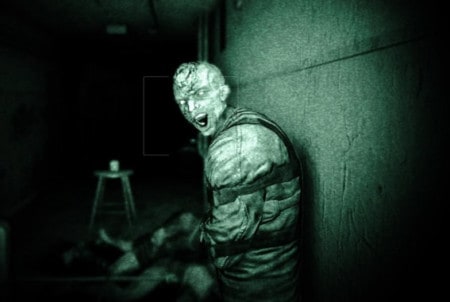
Outlast
Release Date: September 4, 2013
The Outlast series has had a hand in redefining the modern survival horror game by tossing players in increasingly harrowing situations with no means of defense.
Each entry sees you navigating through pitch-black environments patrolled by terrifying and sadistic enemies who will stop at nothing to squeeze the life out of your body.
Your main survival tool is a handheld camera with night vision and continuously depleting batteries you have to scrounge for from level to level lest you risk having to walk around aimlessly in the dark.
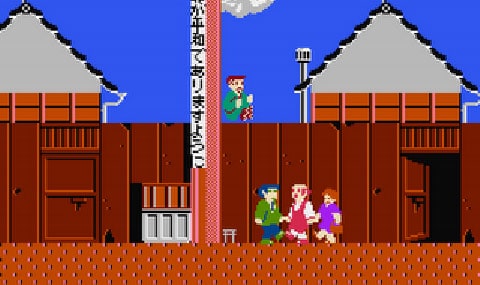
Takeshi’s Challenge
Release Date: December 10, 1986
Takeshi’s Challenge was initially meant to be an 8-bit game show modeled after Takeshi’s Castle, but things took a weird turn after Takeshi himself got involved with the game’s development.
As a result, players were treated to one of the most unconventional titles in video game history, complete with obtuse objectives and unexplained mechanics.
You can get a ‘Game Over’ screen by making the most random mistakes, such as not complying when the game tells you to leave the controller untouched for an entire hour.

Ecco the Dolphin
Release Date: December 23, 1992
From its oddly dark story and uncomfortable atmosphere, Ecco the Dolphin is a top contender for weird video games of the 1990s.
This is before even diving into how hard it was to control the titular dolphin Ecco as he attempts to ward off an alien invasion that wiped out most aquatic life.
To progress, you had to traverse underwater areas filled with puzzles and enemies while keeping an eye on Ecco’s breath meter and nearby pockets of air to avoid drowning to death.
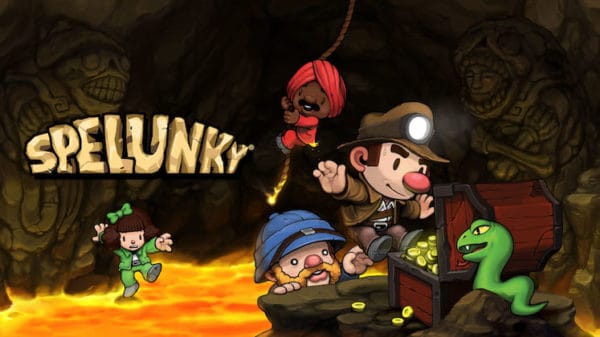
Spelunky
Release Date: December 21, 2008
Spelunky is one of the most revered 2D platformers of the past two decades, with most of its fandom stemming from the high degree of skill needed to expertly navigate its procedurally generated caverns.
The goal is to make it to the end of each level having collected precious treasures without falling victim to the many unforgiving enemies, traps, and hazards scattered throughout.
Add to this the pressure of a constant timer which, upon reaching zero, spawns a ghost that chases you throughout the level until you either die or reach the end.

Cuphead
Release Date: September 29, 2017
Don’t let Cuphead‘s vibrant hand-drawn visuals fool you; the game is essentially a love letter to retro run-and-gun games that required you to memorize enemy attacks or risk getting a ‘Game Over.’
In it, you take on the role of Cuphead and his brother Mugman as the duo complete a series of boss rushes and platforming levels to repay their outstanding debt with the devil.
These lengthy boss battles will put your platforming skills through the wringer, complete with shifting backgrounds and boss phases designed to trip you up.

Dark Souls
Release Date: September 22, 2011
We decided to include Dark Souls over its predecessor Demon Souls due to the increased difficulty of its enemies and the complex (borderline confusing) layout of its levels.
Additionally, enemies can not only whittle away your health but also destroy your equipment and remove upgrades, requiring you to grind back up.
If you want to really be punished, you can opt to play online, which lets other players show up in your game and wreak havoc in the middle of an already challenging fight.
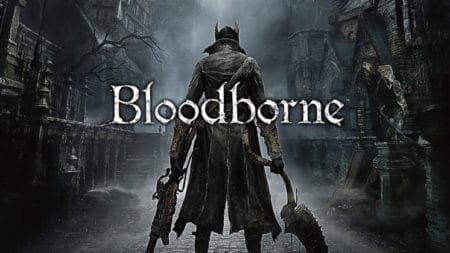
Bloodborne
Release Date: March 24, 2015
Bloodborne takes the edge over Dark Souls in the difficulty department due to how much it rewards aggressive playstyles.
In the Dark Souls games, you can usually get away with blocking and countering whenever an opening presents itself, but in Bloodborne, it’s either kill or be killed.
If you’re not proactively taking out enemies and applying pressure to bosses, the AI will quickly take notice and relentlessly hunt you down.

Nioh
Release Date: February 7, 2017
While Nioh falls under the ‘Soulsborne’ umbrella of challenging action games, it manages to stand apart by taking a more offensive approach to combat via its stance system.
Players must perform different stances that impact their damage depending on the enemy, and the window for striking an opponent is relatively small.
In addition, there are several combat abilities and stat systems to consider, all of which require countless hours of practice and patience to decipher.
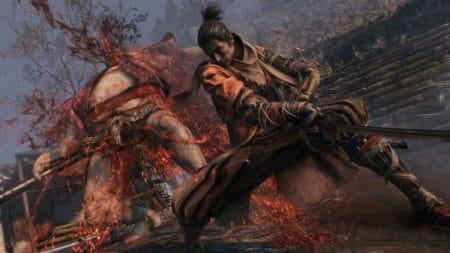
Sekiro: Shadows Die Twice
Release Date: March 22, 2019
Arguably From Software’s best and most brutal game to date, Sekiro will have even the biggest Soulsborne fan gripping their controller in frustration.
While it places a bigger emphasis on stealth mechanics and even grants players a grappling hook for quick escapes, its technical sword combat is more demanding than any other From Software game.
Instead of directly attacking an enemy’s health, Sekiro has you targeting their posture and balance while carefully monitoring your own, which in itself creates more opportunities to make mistakes.
